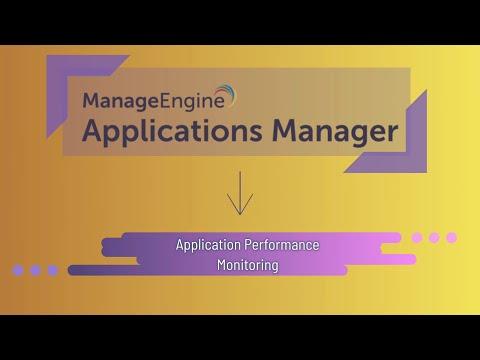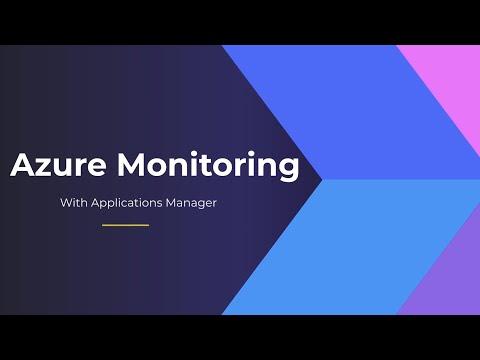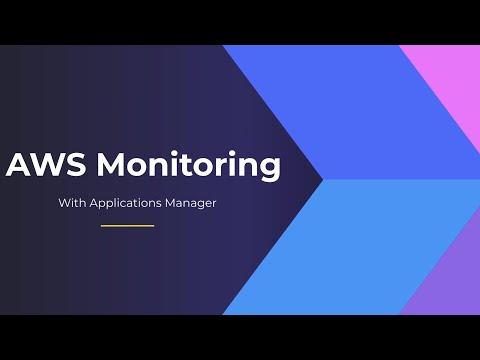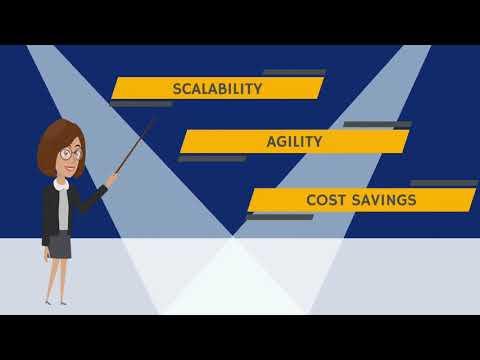Logentries announced a New Relic integration that provides real-time visibility into log level transactions from client-side devices (such as mobile apps or web browsers) to traditional application and backend servers. The new integration enables users to quickly drill down from an application performance metrics view within the New Relic app into Logentries to see and analyze the matching log events that were generated as part of a specific transaction. Users can now achieve thorough client-to-server visibility for quicker troubleshooting and analysis of application performance and behavior at key levels of the software stack.
Organizations today increasingly rely on Application Performance Management (APM) tools like New Relic to respond to end user complaints, and to track system latency and other key application metrics. With this data, users can often confirm if the application is running slowly and where they can optimize for better performance. Logentries offers APM users the opportunity to take their diagnostics, proactive monitoring, and problem resolution, and couple it with deep, log level view of system activity by easily transitioning from the New Relic dashboard into the Logentries cloud-based log management and analytics service. With this integration, New Relic users can easily see all of their relevant logs in a centralized location and perform quick, easy analysis.
With Logentries’ New Relic integration, users can:
- Move from an APM level view to a system-wide, log level view with automated searches across New Relic and Logentries at the same time.
- Instantly trigger a Logentries search based on a new exception or other criteria defined within New Relic.
- Identify the relevant log events that occurred before and after the exception for quicker root-cause analysis.
“The Logentries integration enables New Relic users to drill-down into their application logs to understand what is happening at the log level,” said Bill Lapcevic, VP of Business Development, New Relic. “This log level view, combined with the existing New Relic metrics, achieves a full picture of log data insight coupled with New Relic’s software analytics platform.”
“For today’s IT and DevOps teams, we believe that integrated APM and log analytics solutions are a vital component of the new DevOps toolkit, and are key to achieving a complete, top to bottom view of your systems,” said Trevor Parsons, Co-founder and Chief Scientist, Logentries. “We are excited to partner with New Relic to give users an out-of-the-box view of their relevant application and system logs. With this integration, they get a broader picture with logging information they need to quickly find, understand and fix performance issues.”
The cloud-based Logentries service collects and pre-processes log events in real-time for on-demand analysis, alerting and visualization. With custom tagging and filtering, users can correlate security and performance issues with broader infrastructure activity including application usage, server metrics, and user behavior. Logentries customers receive a free New Relic Standard account, an offer exclusive to New Relic partners and their customer.
The Latest
Leaders in the financial services sector are bullish on AI, with 95% of business and IT decision makers saying that AI is a top C-Suite priority, and 96% of respondents believing it provides their business a competitive advantage, according to Riverbed's Global AI and Digital Experience Survey ...
SLOs have long been a staple for DevOps teams to monitor the health of their applications and infrastructure ... Now, as digital trends have shifted, more and more teams are looking to adapt this model for the mobile environment. This, however, is not without its challenges ...
Modernizing IT infrastructure has become essential for organizations striving to remain competitive. This modernization extends beyond merely upgrading hardware or software; it involves strategically leveraging new technologies like AI and cloud computing to enhance operational efficiency, increase data accessibility, and improve the end-user experience ...
AI sure grew fast in popularity, but are AI apps any good? ... If companies are going to keep integrating AI applications into their tech stack at the rate they are, then they need to be aware of AI's limitations. More importantly, they need to evolve their testing regiment ...
If you were lucky, you found out about the massive CrowdStrike/Microsoft outage last July by reading about it over coffee. Those less fortunate were awoken hours earlier by frantic calls from work ... Whether you were directly affected or not, there's an important lesson: all organizations should be conducting in-depth reviews of testing and change management ...
In MEAN TIME TO INSIGHT Episode 11, Shamus McGillicuddy, VP of Research, Network Infrastructure and Operations, at EMA discusses Secure Access Service Edge (SASE) ...
On average, only 48% of digital initiatives enterprise-wide meet or exceed their business outcome targets according to Gartner's annual global survey of CIOs and technology executives ...
Artificial intelligence (AI) is rapidly reshaping industries around the world. From optimizing business processes to unlocking new levels of innovation, AI is a critical driver of success for modern enterprises. As a result, business leaders — from DevOps engineers to CTOs — are under pressure to incorporate AI into their workflows to stay competitive. But the question isn't whether AI should be adopted — it's how ...
The mobile app industry continues to grow in size, complexity, and competition. Also not slowing down? Consumer expectations are rising exponentially along with the use of mobile apps. To meet these expectations, mobile teams need to take a comprehensive, holistic approach to their app experience ...
Users have become digital hoarders, saving everything they handle, including outdated reports, duplicate files and irrelevant documents that make it difficult to find critical information, slowing down systems and productivity. In digital terms, they have simply shoved the mess off their desks and into the virtual storage bins ...







